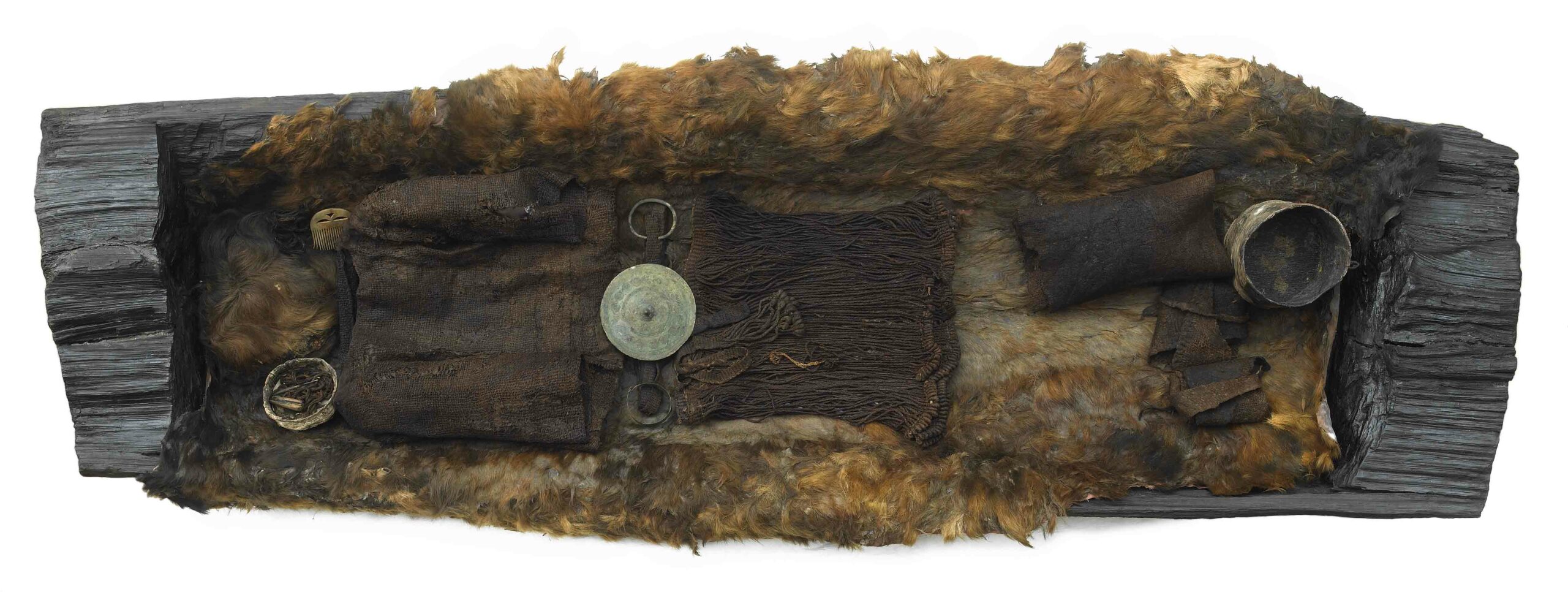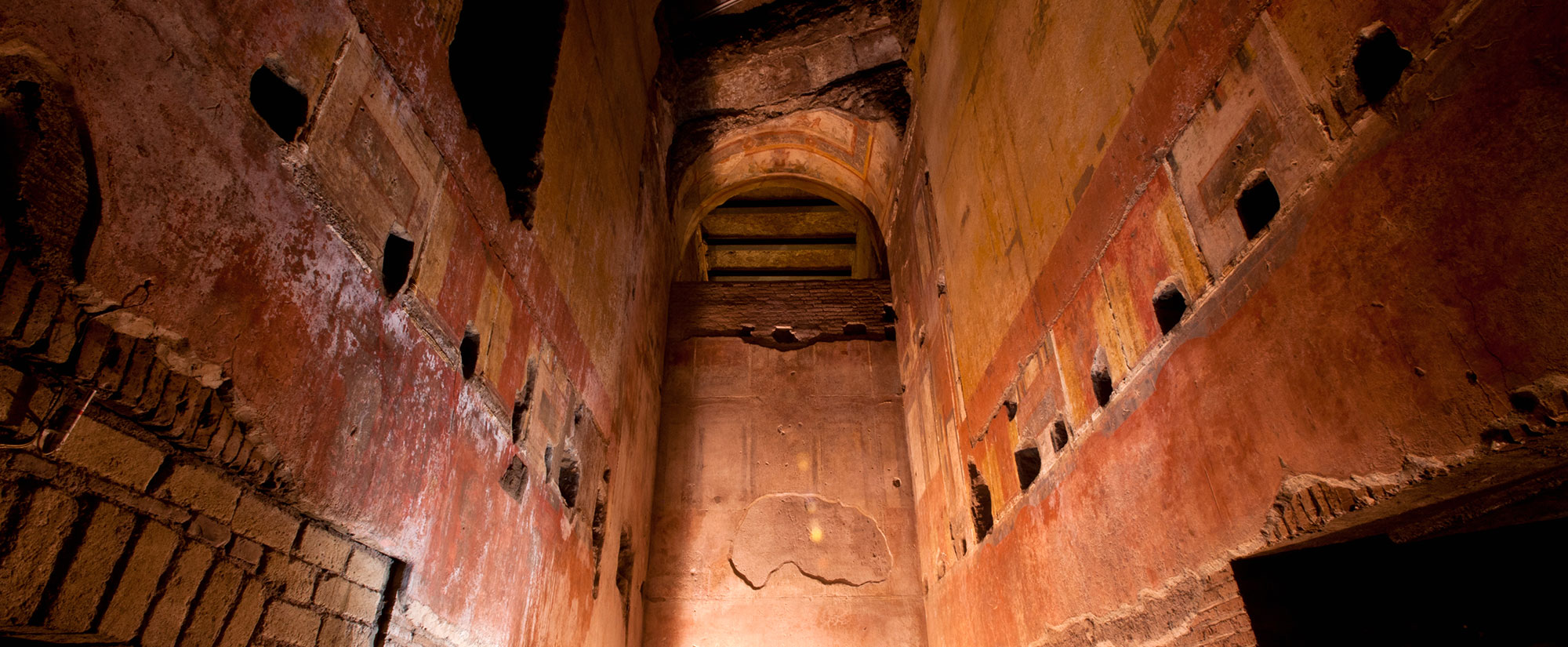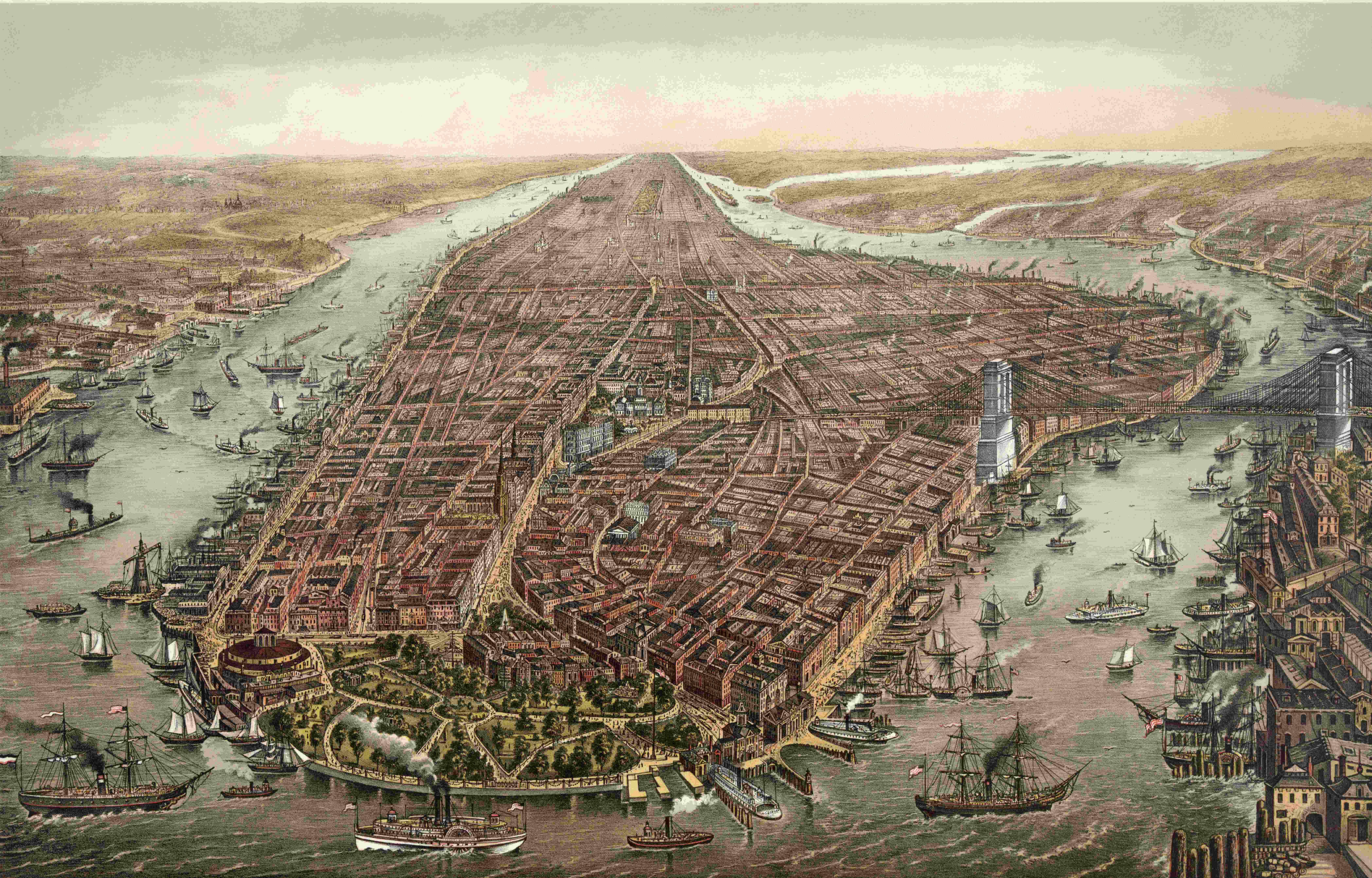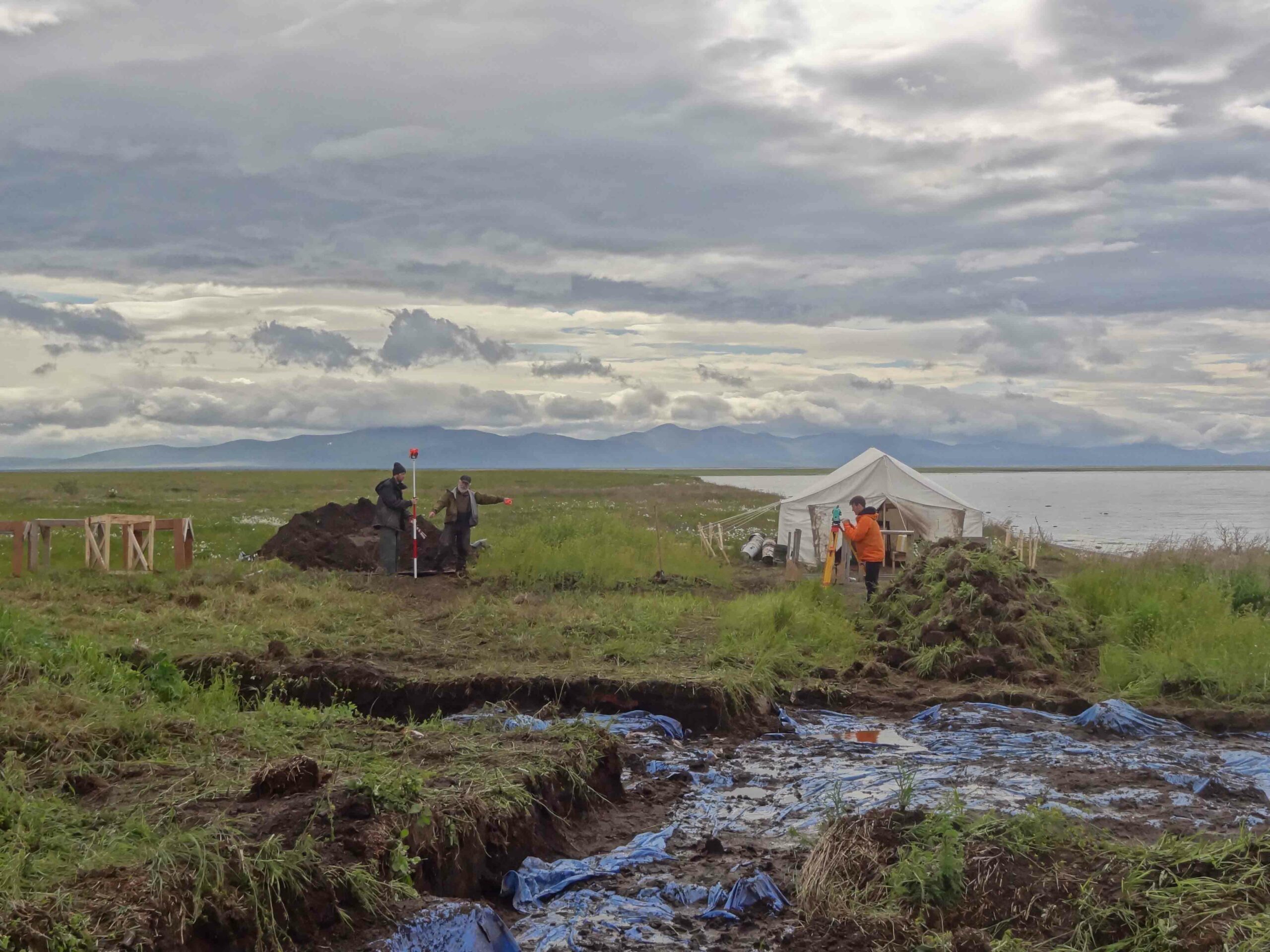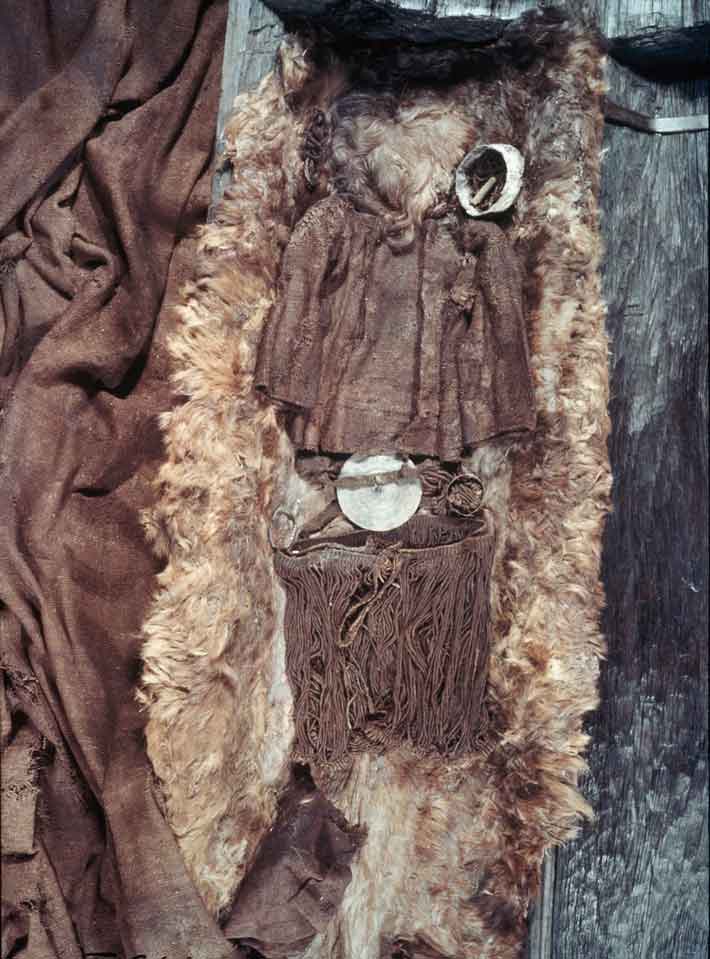
Since her remains were discovered in 1921 near the town of Egtved, Denmark, almost 3,300 years after she died at around 17, the young woman was thought to have been a local, and became known as the “Egtved Girl.” But new research has undermined this assumption.
Based on the strontium isotope signature of one of the girl’s first molars, which was fully formed by age four, a team led by Karin Frei of the National Museum of Denmark has determined that she could not have grown up on the Jutland Peninsula, where Egtved is located. Instead, she was most likely raised in the Black Forest region of southern Germany, some 500 miles away. There were well established ties between the two areas at the time, and the researchers believe the girl was sent to marry a chieftain in Jutland to further the alliance.
Strontium isotope signatures from the girl’s hair and fingernail provide a detailed record of her travels in the last two years of her life. During this period she appears to have moved from her homeland to Jutland, back to where she grew up, and then to Jutland once again shortly before she died. “This tells us that people in the Bronze Age really moved around,” says Frei, “not only men, but women as well.”


